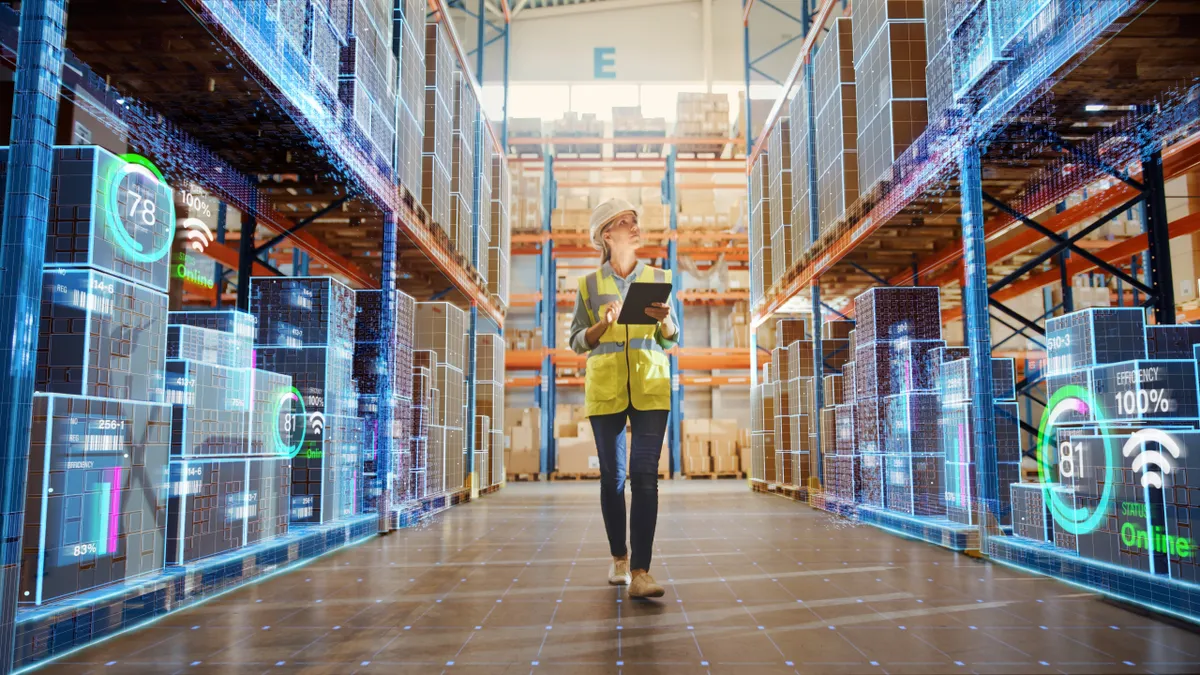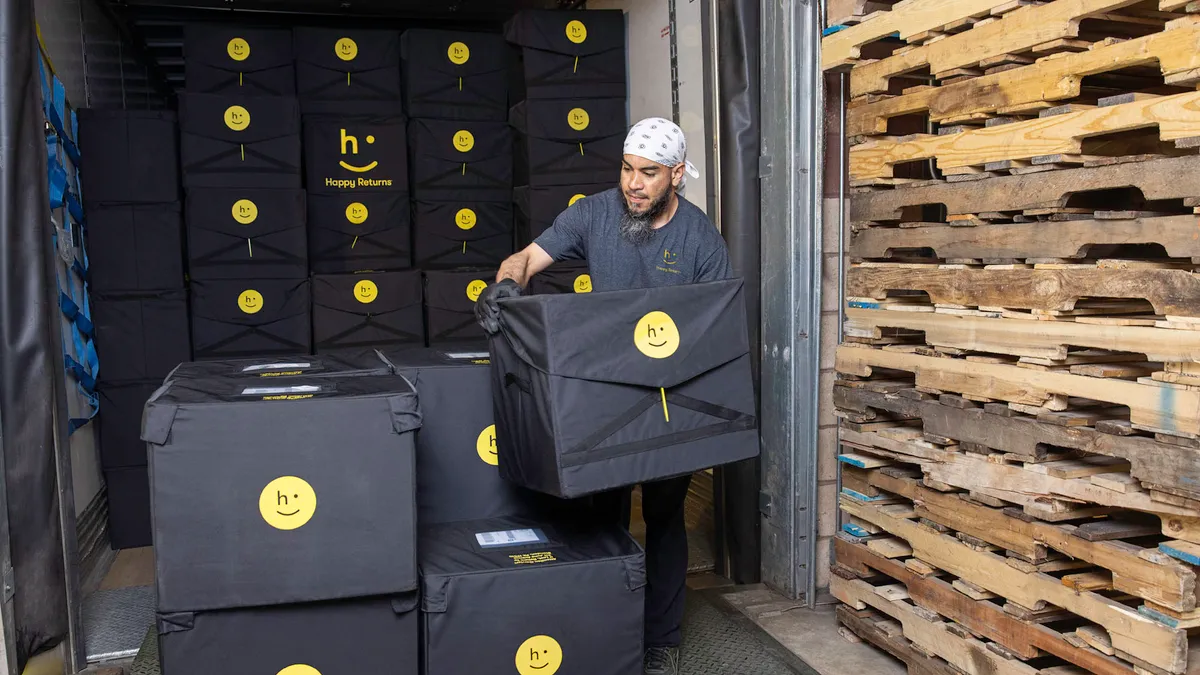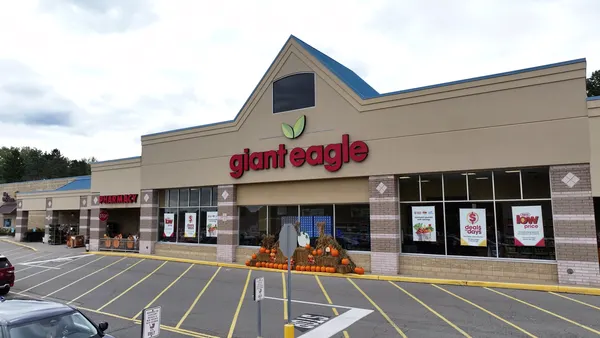Why would AI be used in a warehouse? You may think that only brand-new facilities with high-tech infrastructure would be right for this technology. But the truth is AI-driven technology is already in use at existing warehouses, and it improves safety and operations without costly facility upgrades.
Where does this technology fit in, and how can supply chain leaders utilize it? The answer is with real-time location services (RTLS).
Better visibility with RTLS
AI-powered RTLS, such as MotionKits from Motion2AI, a leading forklift telematics AI software company, can be mounted on existing forklifts and carts. Sensors and dash cameras provide data immediately, which AI-driven software then analyzes. The software creates a 3D map of a facility so that decision-makers can see where assets are and how they’re operating in real time. This data provides actionable insights to improve operations.
“A lot of people may not realize this is an option for their warehouse or their existing fleet, but it is,” says Dan Griffus, Chief Revenue Officer with Motion2AI. “It’s faster and less expensive to implement than people think, and it drives productivity gains inside your four walls while making people safer.”
Protecting employees with proactive safety
With RTLS sensors on vehicles and mounted on fixed infrastructure such as racks and conveyor belts, employees are alerted to other vehicle traffic or potential collisions before they happen. This technology can sound alarms or warnings both audibly and visually for vehicle operators. When used to geofence critical areas like pedestrian walkways, the sensors provide warnings to vehicle operators before they reach these high-traffic or sensitive areas.
“This isn’t just about reporting an accident that happened — it’s about preventing that accident from ever occurring in the first place,” Griffus explains. An additional advantage of MotionKits is that they’re brand agnostic, meaning that a facility with multiple forklift models can use the same hardware and all the sensors will be able to communicate with each other.
Dash camera data can also be used for training purposes, particularly for new vehicle operators. In today’s tight labor market, this can be a significant advantage to train employees and develop a culture of safety that helps retain them.
“Understanding near misses is a valuable training tool,” Griffus says. “You can make videos and put the information in training manuals and say to your employees, ‘This is how the technology had a positive impact for this person; they almost had an accident but here is how it was avoided.’”
Optimizing labor and operations
With AI-powered RTLS, employees and entire operations benefit from better safety and visibility. Preventing damage to infrastructure by avoiding collisions or accidents saves on capital costs. “If a forklift has an accident such as running into a conveyor, that conveyor could be down for hours or even days, which can cost tens of thousands of dollars for an operation,” Griffus says.
Reducing delays such as traffic jams or vehicle idling is also possible by analyzing the data from RTLS. Can routes or stock locations be changed for greater efficiency? AI-driven information can lead to better facility layouts that avoid bottlenecks or move the most-often-picked items to an easily accessible location. RTLS and telematics technologies provide warehouse leadership with these types of actionable insights so they can be optimized for maximum productivity.
Productivity gains driven by better technology also support shift optimizations with only the precise number of employees needed — no excess manpower or unnecessary numbers of vehicles operating at a given time. These improvements can make a significant difference for large operations with hundreds of vehicles and employees, or a small facility working with a tight budget.
Because regardless of size, more efficient use of resources allows warehouses to save money and move greater numbers of units. And the process is self-reinforcing — the more insights an AI-powered system produces, the more confidence supply chain leaders have in the data it generates.
AI is ready today and drives improvements for tomorrow
AI-powered technology will become increasingly valuable as it continues to mature. But there’s no need for supply chain leaders to wait for some future state. AI-driven RTLS is ready to make an impact on warehouse operations now through safety and efficiency.
Improved safety and efficiency provides immediate benefits to operations. The more these systems work in a given facility, the more they learn about that facility and the more insights they can offer. “We think of it in phases,” Griffus says. “First you have visibility into your operations. Over time, you can add more capabilities and tools to your toolbox,” he adds.
AI may seem ahead of its time when it comes to warehouse operations, but it can be the difference-maker in safety, cost savings and efficiency.
Read the new Playbook from studioID’s Supply Chain Dive and Motion2AI to learn more about AI-powered RTLS for existing warehouses.










